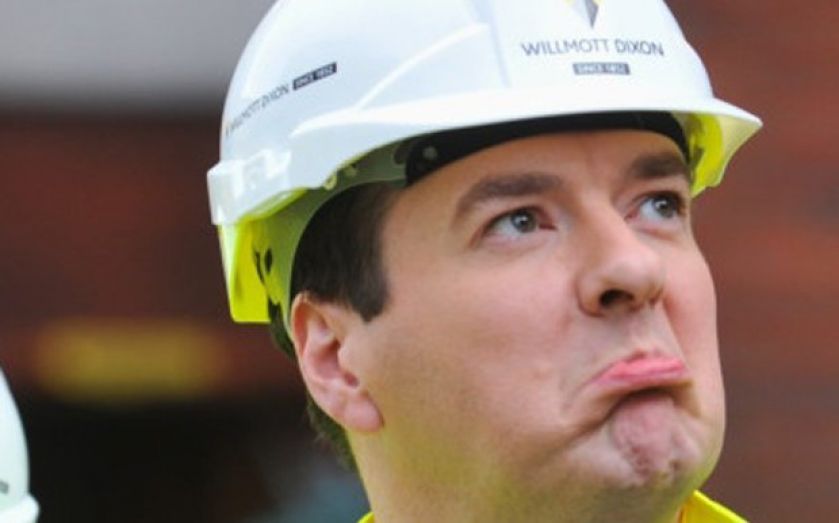Pork barrel spending and political gimmicks: Autumn Statement 2014

ONE HUNDRED and fifty five. That’s the really significant number for those following tomorrow’s Autumn Statement. It’s nothing to do with how much the UK government is borrowing. In fact, it’s the number of days until the general election. If early indications are anything to go by, the Statement will be packed full of small electoral goodies and politically-minded traps, with the chancellor assuming the role of the Conservatives’ chief tactician.
How else can we explain yesterday’s flurry of announcements on road building in marginal constituencies, which in the US would be declared “pork barrel spending”? Or the rumour that George Osborne will use the Statement to abolish Air Passenger Duty on children younger than 11 years old – increasing tax complexity, while inflicting a fatal blow to the justification for the tax existing at all? Or even his decision to call a vote in Parliament to make it legally binding to eliminate the structural current deficit by 2017-18? Given no Parliament can bind a successor, this is an obvious attempt to create dividing lines with the political opposition, rather than provide a new fiscal framework with any practical impact.
The Autumn Statement, like the Budget, has become defined by an explosion of gimmicks, announcements, and announcements of consultations on gimmicks. Five months before an election, we’d expect this to intensify. Political commentators will hang on every word, and the post-match analysis will obsessively focus on some fairly minor niche issues. But the real purpose of the Statement, for the chancellor to articulate the medium-term outlook for the economy and public finances, though examined, will be diluted.
We should try to see the wood for the trees. The UK public finances are still in an abysmal shape. In 2010, Osborne believed the structural deficit would be just 0.8 per cent of GDP by 2014-15. In fact, it is likely to be above 4.5 per cent of GDP this year. This is partly because growth came less quickly than expected – but also because the Office for Budget Responsibility keeps revising up how much of the deficit is structural. There’s every indication it will do so again this year – given we are growing strongly but borrowing has been very sticky – meaning that Osborne will have to announce more spending cuts in the future to meet his structural deficit plan.
However unlikely, given the political prominence of the occasion, it would be nice if the Statement provided some more detail about how this would be achieved. Osborne has broadly said he would make savings to working-age welfare (worth £12bn) and £27bn in as yet unidentified departmental cuts. But it’s unclear how sustainable a salami-slicing approach will be if, as expected, the Conservatives continue to protect health spending, the state pension and various other budgets. The other parties say they would tax more, but given no UK government has ever raised over 38 per cent of GDP in revenues (and we’re currently at 37 per cent), it’s not obvious whether this is even feasible.
Rather than reporting about re-tarmacing some roads, it would be refreshing if the media held all parties’ feet to the fire on their fiscal plans and the outlook for the next Parliament. Is a fiscal framework that has a constantly changing target a sensible basis for policy? How much will the scope of the state have to change if we are to eliminate the deficit, as all politicians say they want to? And are targeted tax breaks and spending giveaways really what the economy needs? Or would the hard graft of a base broadening, rate lowering tax reform programme be more beneficial? I hope, after tomorrow, the Treasury and shadow Treasury teams are asked the right questions.